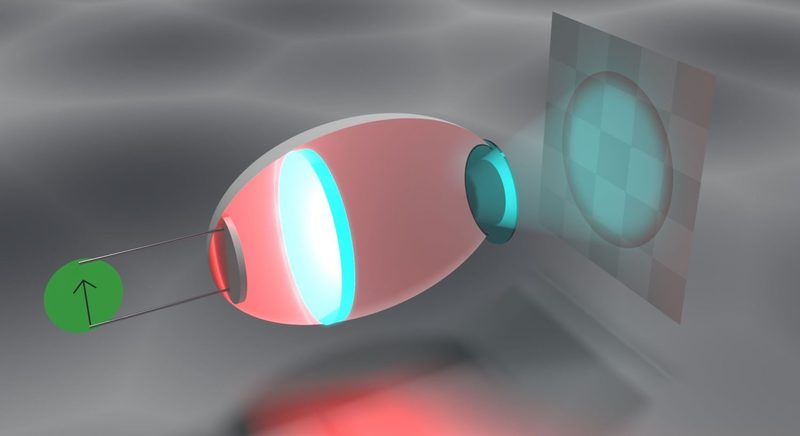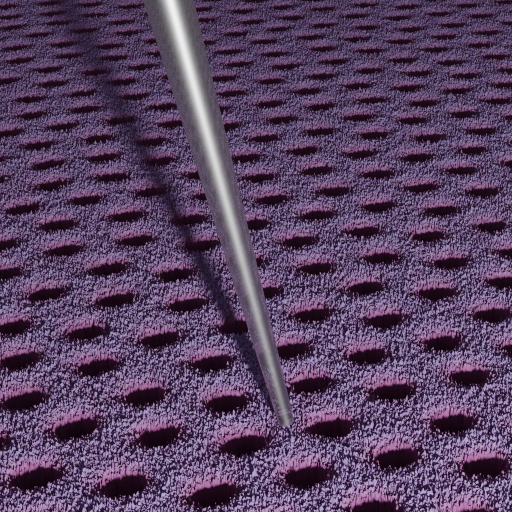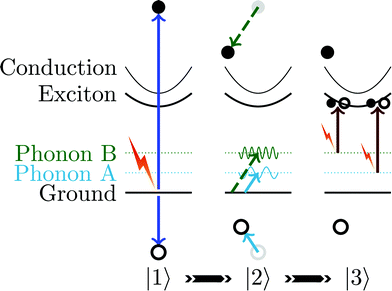educator and scientist using light and matter to transform energy

Light Fusion
Ordinary luminescence converts light to a lower energy. Fusion converts light to a higher energy. In solar cells, lower energy light is not absorbed. Fusion is a way to use that light to make electric current. We have shown that fusion is also useful for making cheap, reliable red LEDs that generate blue light. We propose fusion as a solution to the degradation problem faced by blue LEDs. Our fusion simulation software is available to the public. Efficient fusion relies on energy storage and power density. We have discovered a new reaction that indicates storage and power density are in competition. Light fusion involves no radioactivity.

Quasiperiodic Light
A "quasiperiodic" lattice has rotational symmetry, but not translational symmetry. Quasicrystals are a well-known example of a natural quasiperiodic lattice. It should be possible to prepare any wave into a quasiperiodic lattice, but quasiperiodic light is challenging to demonstrate because the waves are very small. Using a 50 nanometer probe, we detected quasiperiodic light that has twelve rotational symmetries.
Current Doubling
Conventional solar cells use only a fixed amount of the energy that they capture from the sun, even if the color of light carries more energy. Light that carries twice the usable energy can be processed through a fission material. The material splits the light into two usable energy packets. Fission allows the fixed amount of energy to be extracted twice as often, leading to more than 100% quantum efficiency. We have shown that close alignment of molecules in the fission material should be prevented. On the basis of optical measurements of fission in progress, it was previously believed that fission was a two-step process, with spectra attributed to initial, intermediate, and final states. However, the intermediate that results from close molecular alignment does not have enough energy to produce the final state. With collaborators from the University of Adelaide, the University of Kentucky, and the University of Sydney we ran the process backwards. In the reversed experiment, the intermediate spectrum never appeared, proving that the intermediate is not a step towards fission. Instead, it is a step towards energy loss. (Summary adapted from Chemistry in Australia, June 2018).

Cooling Solar Cells
When an object absorbs light, some of the energy becomes heat. With collaborators at Argonne National Laboratory, Northwestern University, and Missouri University of Science and Technology, I showed that it is possible to see that heat. The pieces of energy that make up the heat cause the object to absorb a little more light. We watched the heat evolve with a 10-13 seconds resolution spectrometer. Our technique gives a new viewpoint on processes that determine the efficiency of every kind of electronics, except superconductors.
Excitons
An exciton is a nanoscale atom-like particle. We discovered photoionization of excitons in cuprous oxide. In this process, the electron and the hole which constitute the exciton are separated, preventing exciton polariton formation. Exciton photoionization can be used to induce additional absorption for energy applications.